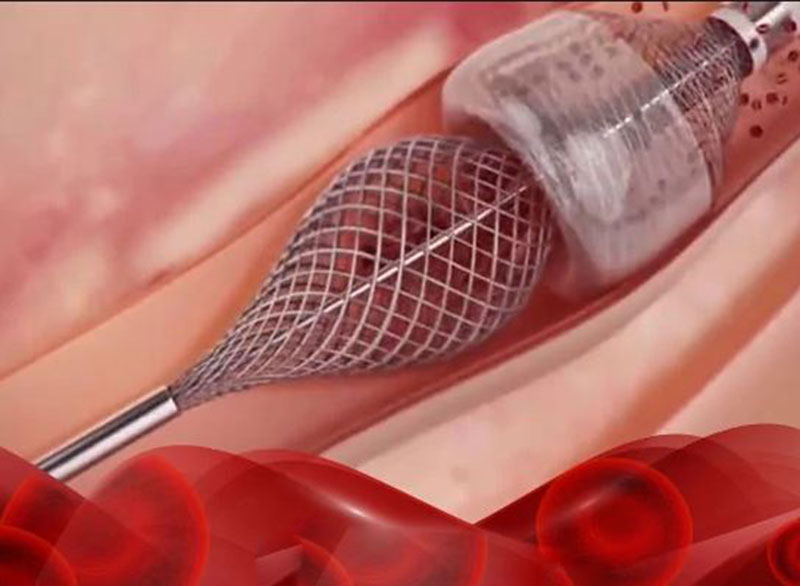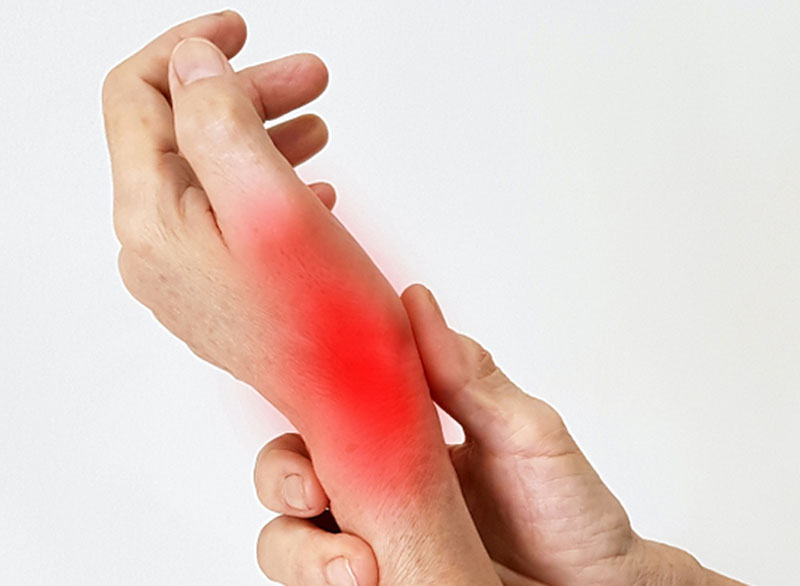Without the need for surgery or major operation from almost any tissue or organ in the body...
What is Embolization (Occlusion Therapy)?
Embolization is the process of stopping blood flow in the body's blood vessels for medical reasons. In other words, this process provides occlusion of the veins for medical reasons. Embolization is a treatment method applied by interventional vascular surgeons.
Embolization is the occlusion of a vessel with angio. Angio embolization is applied in the treatment of many diseases. The most common application is to block and stop bleeding. In the last 20 years, embolization has been used to treat many different diseases. The most important procedures in the treatment of liver cancer are chemoembolization and radioembolization. On the other hand, embolization of uterine fibroids in the uterus prevents feeding of uterine fibroids, reduces or destroys uterine fibroids.

Embolization of the prostate gland, in cases where the prostate gland enlarges, the vessel feeding the prostate gland is blocked, the prostate gland shrinks, and the patient's urinary complaints decrease or disappear. This method is also widely used to shrink many tumors before surgery or to prevent bleeding during surgery. Embolization is most commonly applied for postoperative bleeding, bleeding in the stomach and large intestine, and for occlusion of vessels in the prevention of bleeding in damaged vessels in case of accident. Bleeding embolization in the lungs (spitting blood or hemoptysis) and nosebleeds (nosebleeds) have also been treated with embolization
What is the Embolization Process?
Embolization is an angiographic procedure. As with other angiography procedures, angiography is performed with standard angiography. Since the procedure is performed under local anesthesia, the patient does not feel pain during the procedure. However, general anesthesia is used to keep the patient still during embolization procedures performed in organs such as the brain. Rarely, pain may occur after embolization. Transient pain may occur, especially in post-procedure abdominal embolization (for example, with uterine fibroids, liver tumors).
Embolization process is carried out with the help of catheters (plastic tubes) and guide wires that can move in the vein. Then, the blood flow in this area is cut off by feeding these catheters and special substances (embolizing agents) that block the vessels to the clogged vessels.
Embolization in the Treatment of Cancer and Other Tumors
When the efficacy of angiography and vascular occlusion was discovered, it was initially thought that the vessels feeding the tumor shrink and collapse when the tumor is occluded. This method is still used for some tumors (eg liver tumors). Subsequent treatment began not only with the occlusion of blood vessels, but also with the absorption of special cancer drugs into the occlusive particles.
These Procedures Are Non-Surgical
Varicocele is testicular (male ovary) varicose. For non-surgical treatment of varicoceles, testicular vessels can be blocked by angiography to remove testicular varices. This procedure can also be applied in a qualified way in the treatment of varicocele problem. Vascular occlusion with angiography is currently used in many diseases.
Splenic artery (splenic artery) embolization is performed in some patients whose spleen is very enlarged and there is no chance for surgical intervention.
Embolization of the portal vein allows occlusion of one half of the liver and the other. This situation; It enables the surgeon to perform the operation more easily.
What is Fibrous Embolization?
The procedure, also called uterine fibroid embolization (UFE) or uterine embolization (OAE), is a procedure that aims to block uterine fibroids by inserting uterine fibroids from the arteries that supply them into the angiography chamber of the uterus.
The most effective treatment for uterine fibroids is removal of the uterus (hysterectomy), but it is not appropriate to perform it in the early period. Myomectomy, especially considering pregnancy It is the ideal treatment for one or more surgically accessible and removable fibroids. However, the effectiveness of patients with too many fibroids is reduced, the large fibroids are removed but the remaining small fibroids grow over time and cause fibroids again.
The patients who received the most benefit in the treatment of uterine fibroid embolization were those who had complaints about myoma of the group and did not want to undergo surgical hysterectomy or myomectomy. Because it is possible to treat all fibroids at the same time, because particles reach all large and small fibroids during embolization.
Risks in the Embolization Procedure
Embolization procedure should be performed by experienced physicians in any situation. Otherwise, gangrene of the relevant organ may occur in incorrectly applied procedures. At the same time, complaints such as pain, fever and vomiting may occur in the application area during the recovery period of the patient after the procedure.


